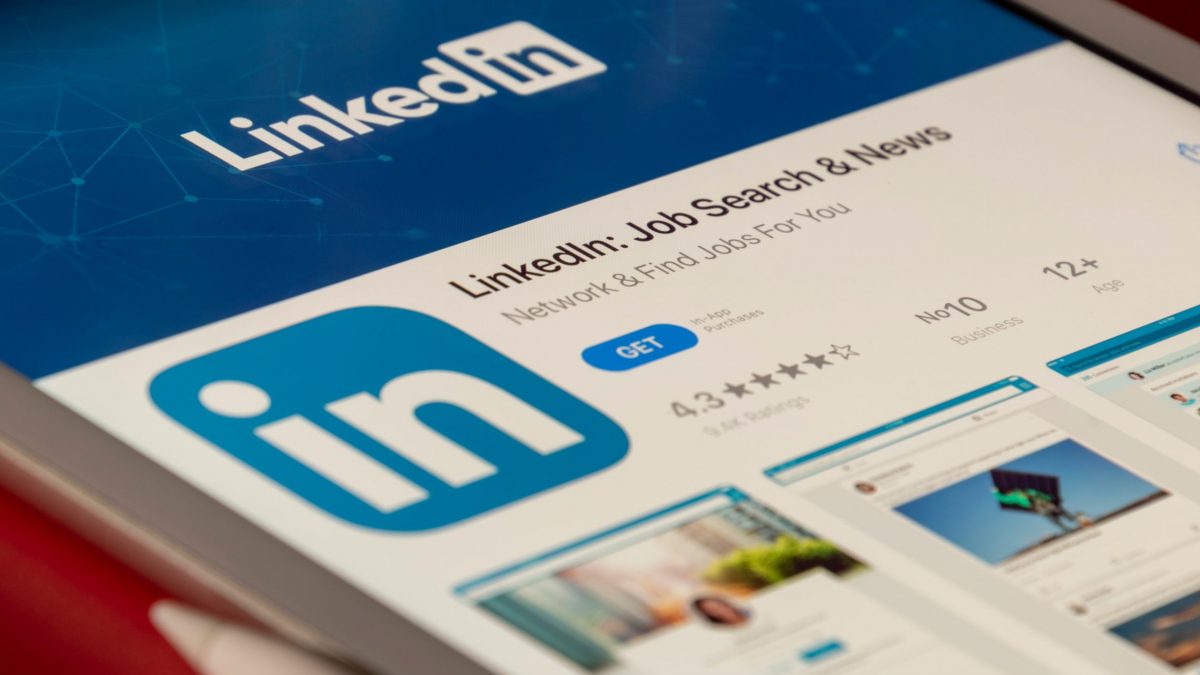
LinkedIn is indeed a vast network with millions of users in almost every country and territory on the planet. It’s only natural that you’d advertise there.
Do you feel your LinkedIn Ads are not getting the attention they deserve?
With so much competition for attention today, it’s indeed common to have your ad campaigns resulting in no actual gains.
If you have been scratching your brow in frustration – unable to figure out why your LinkedIn advertising isn’t working – we get you!
Here’s a list of 7 silly mistakes that could be the reason for your failing campaigns:
The Naming of the Campaigns
It is critical to have a naming structure in place for your campaigns. When you have multiple campaigns running, naming them immediately tells you which business lines, products, targeting, country, or even ad formats each campaign is using to produce better results.
Not Choosing the Correct Form of Advertisement
Are you aware of the types of ads LinkedIn offers for improved ROI? What kind of LinkedIn ads are you looking for for your campaign? Is it text advertising or sponsored content? Some marketers believe Sponsored Content is superior to Text Ads, while others choose them at random. All ad types are different and serve distinct purposes.
Choosing the correct form of advertisement is a crucial step. As a quick reference, because video and carousel ads are more interactive than other formats, they can be used to achieve awareness and engagement goals. When it relates to generating leads, single image ads,combined with a lead gen form are usually the most effective.
This advertisement can be of three forms:
- Sponsored InMail is a personalized message sent to a customer’s LinkedIn inbox.
- Text Ads are right rail ads 100x 100 pixels only for desktop
- Sponsored Content is what you see in the newsfeed
Wrongly Selected Assets
In all faces of digital marketing, selecting the right viewing of an asset for your offering or service is critical. LinkedIn advertising is no different. You must be precise in your business’s persona definition.
More than half of social clients prefer digital advertising as their favorite way to generate leads for their businesses, which is fantastic! However, finding an asset that generates enough leads to meet expectations can be difficult. Many assets that perform poorly brag about the company that created them rather than addressing the needs of the person who will hopefully download them.
Prioritize solving issues for which a need is felt by your potential customer’s company and a need felt by the person who will eventually hand over their information.
Forgetting Track Conversions
LinkedIn Ads are an excellent tool for marketing campaigns, but it also increases the learning curve. And because they’re expensive, mistakes come at a higher cost.
You should create a variety of ads for your LinkedIn campaign and then track the data on involvement and conversions out of each type of ad.
This may appear obvious – marketing is all about data tracking – but it’s a surprisingly common error.
During the setup stage, LinkedIn requires an opt-in for conversion tracking, with conversion name, settings, and tracking method options. Make sure you don’t miss out on tracking this data because you’ll need it when designing your next campaign.
Ambiguous Ads Communication
The first step in optimizing your LinkedIn Ads is defining the goal of the campaign you’re working on. What exactly do you require people to do?
Is it necessary for them to sign up for something like a demo or buy a product? Do you just want to leave a brand impression in their mind? Do you want them to fill a form? Is there a Calendly link where you want them to book a call?
Whatever it is, make sure the CTA is uniquely defined.
Furthermore, our first piece of advice is to proofread your ads for typos and grammatical errors. The next step is to deliver the message that will solidify your position in the eyes of your readers. Please use media exposure news stories that are both relevant to the advertisement’s content and likely to pique the target audience’s interest. Nonetheless, keep the adage “less is more” in mind.
Site recommendations for how LinkedIn advertisements should look are:
- Ad titles should be no more than 150 characters long.
- Add the descriptive text of no more than 70 characters.
- Use full-size photos instead of mini-thumbnails.
- Include a call to action in your content to ensure that your readers respond.
Putting the Sale First & Foremost
Users, like any social media network, tend to avoid every brand that is solely concerned with making sales (and sales only).
Examine the variety of your subject matter and how you interact with your disciples. Is selling the only consideration? Can you take a step back and assess what information will better meet the needs and interests of your target audience?
Make certain that your offer is valuable and not just an advertisement for a free trial or a discount on a good or service. While selling has its place in general, it must be balanced with a developed range that attempts to instruct, entertain, and inform.
Not Enough Testing
If you don’t test, as with virtually any digital platform (email, display, search), you not only don’t learn anything, but you’re also putting all your eggs in one basket – wagering, in effect, that one offer, one headline, one image is enough to do the job.
To reduce this risk, run at least two ads in each campaign and test key variables such as headline, descriptive copy, and image (just keep the changes simple so you know what made the difference).
Depending on the key metrics, pause the lower-performing ad after 2-4 weeks (or when you are confident that the results are statistically significant) and replace it with a new test.
Wrap Up
LinkedIn ads are hard to tackle and get right, which is why you’re looking for the reasons your ads aren’t getting impressions.
To get good at LinkedIn ads, you need to devote a great deal of time to the platform, experimenting with various tactics.
There are no shortcuts. There are no hacks. Nope. Simply invest the time and effort with a lot of brain, reduce your failure chances by avoiding common mistakes, and you shall be good to go with time.
On a completely related note, checkout:
5 LinkedIn Advertising Pitfalls to Avoid


